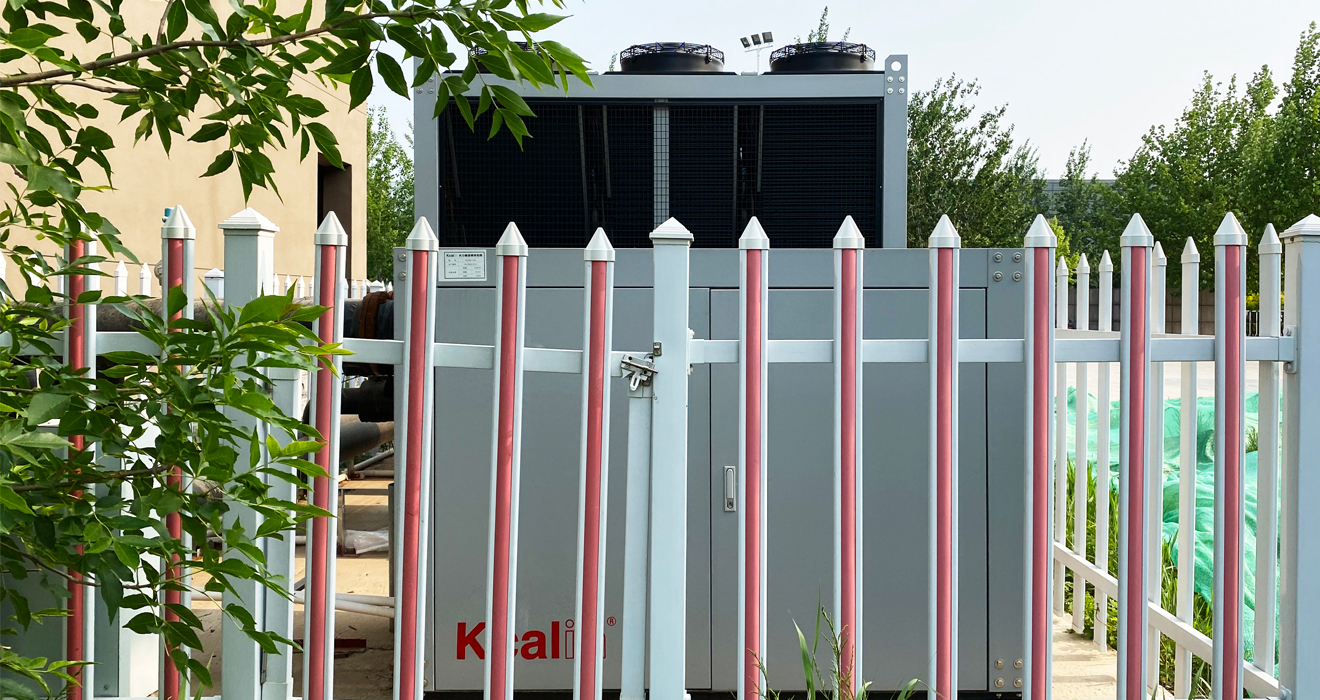The jet enthalpy increase in air source heat pump heating technology refers to the use of an injector to inject high-pressure liquid refrigerant into low-pressure refrigerant, causing the refrigerant to experience jet enthalpy increase, thereby improving the heating efficiency of the heat pump.
Jet enthalpy increasing technology is a common heat pump heating technology, which uses an injector to inject high-pressure liquid refrigerant into low-pressure refrigerant. Due to the high-speed injection characteristics of the injector, the phenomenon of jet enthalpy increasing occurs in the refrigerant, thereby improving the heating efficiency.
Specifically, jet enthalpy augmentation technology mainly includes two processes: jet enthalpy augmentation process and mixing process. During the injection enthalpy increase process, high-pressure liquid refrigerant is injected into low-pressure refrigerant through the injector, causing instantaneous injection enthalpy increase of the refrigerant, while also increasing the speed of the refrigerant and decreasing the pressure. During the mixing process, the high-pressure liquid refrigerant and low-pressure refrigerant injected are mixed together to form a new mixed refrigerant, which is also a process of increasing refrigerant temperature.

The advantage of jet enthalpy increasing technology is that it can improve the heating efficiency of the heat pump and also improve the refrigeration efficiency of the heat pump. This is because jet enthalpy increasing technology can increase the temperature and pressure of the refrigerant, thereby improving the heating and cooling capacity of the heat pump. In addition, the jet enthalpy increasing technology can also improve the quality of the refrigerant, thereby reducing the refrigerant loss of the heat pump and reducing the cost of using the refrigerant.
However, jet enthalpy augmentation technology also has some drawbacks. Firstly, jet enthalpy enhancement technology requires the support of injectors, which increases the cost of the system. Secondly, there is a problem of injector blockage in jet enthalpy enhancement technology. If the injector is blocked, it will lead to a decrease in refrigerant flow rate, thereby reducing the efficiency of the heat pump.
In summary, jet enthalpy augmentation technology is a technology that can improve the heating efficiency of heat pumps. However, in practical applications, it is necessary to pay attention to the reliability and maintenance of the jet to maintain the stable operation of the system. At the same time, technology selection and optimization design need to be tailored to specific application environments and requirements, in order to fully leverage the advantages of jet enthalpy enhancement technology and improve the energy efficiency and performance of heat pumps.
In addition to jet enthalpy enhancement technology, there are many other key technologies in air source heat pump heating technology, such as circulation system design, heat exchanger design, control system design, etc. These technologies collaborate with each other and together form the main part of the air source heat pump heating system, directly affecting the energy efficiency and performance of the system.
Overall, air source heat pump heating technology is an efficient, environmentally friendly, and energy-saving heating method with broad application prospects. In practical applications, it is necessary to select suitable technology and system solutions based on specific needs and conditions, and carry out scientific and reasonable design and operation management to achieve better energy efficiency improvement and environmental protection benefits.







Comment